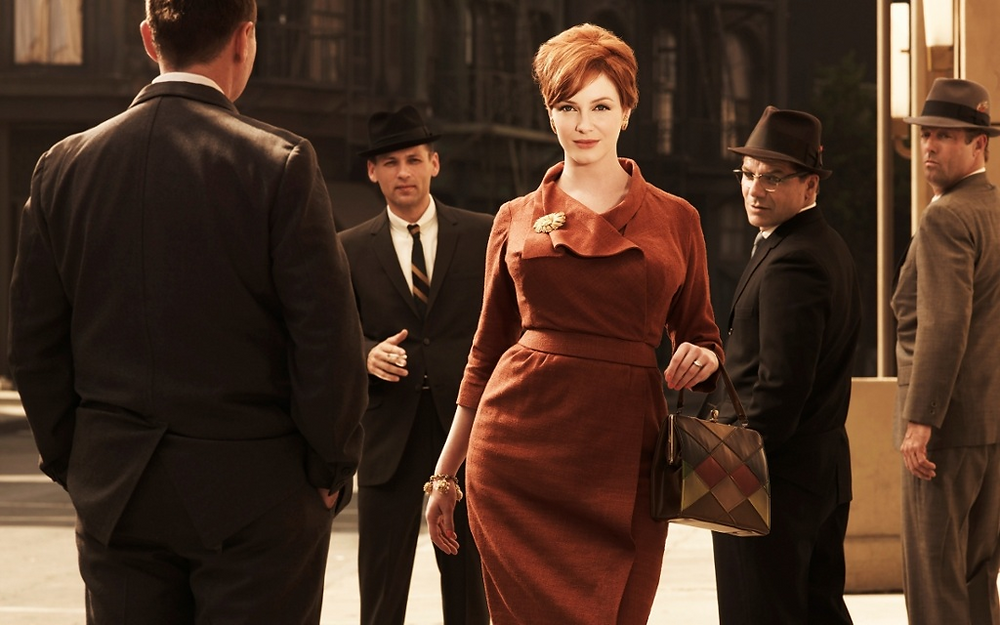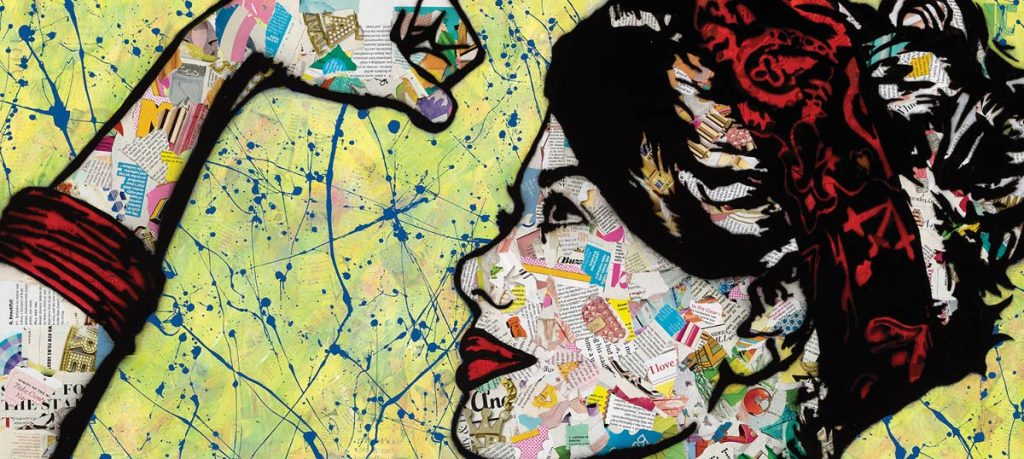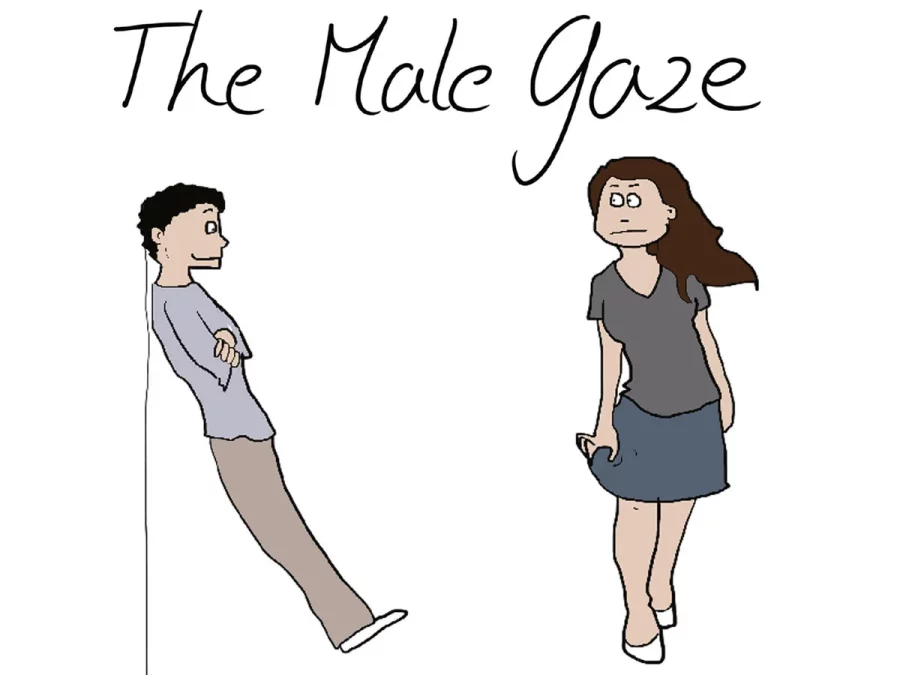In the realm of art, media, and culture, a pervasive phenomenon known as the “male gaze” has long been a subject of discussion and debate. Coined by feminist film critic Laura Mulvey in the 1970s, the male gaze refers to the way in which visual media and art often present women from a heterosexual male perspective. This concept has transcended its origins in film theory to become a lens through which we analyze broader societal attitudes and norms. In this blog post, we’ll delve into the layers of the male gaze, its implications, and the ongoing efforts to challenge and dismantle its influence.
Defining the Male Gaze:
At its core, the male gaze represents the act of depicting women in a manner that objectifies and sexualizes them, reducing their identities to objects of desire for male viewers. This phenomenon is not limited to one medium; rather, it permeates various forms of visual representation, including advertisements, literature, art, and cinema. The male gaze often reinforces traditional gender roles and perpetuates harmful stereotypes, perpetuating a power dynamic that prioritizes the male perspective.

Media Influence on Perception:
Media plays a pivotal role in shaping societal norms and influencing individual perceptions. The male gaze in media contributes to the normalization of unrealistic beauty standards, reinforcing the idea that a woman’s worth is often tied to her physical appearance. This not only affects how women see themselves but also how men perceive and interact with women. As a result, the male gaze can contribute to the objectification and commodification of women, hindering efforts towards gender equality.
Subverting the Male Gaze:
Efforts to challenge and subvert the male gaze have gained momentum in recent years. The rise of feminist movements and increased awareness of gender issues have prompted creators to question and critique traditional portrayals of women in media. The push for diverse and inclusive representation in the arts seeks to break away from the narrow confines of the male gaze, offering a more authentic reflection of the rich tapestry of human experiences.
Empowering Women Through Art:
Artistic endeavours have become a powerful tool in dismantling the male gaze. Female artists, filmmakers, and creators are reclaiming their narratives and reshaping representations of women. By challenging stereotypes and presenting women as complex, multidimensional individuals, these creators are fostering a cultural shift. Through their work, they empower women to define their identities beyond societal expectations and challenge the deeply ingrained norms perpetuated by the male gaze.

The Role of the Viewer:
As consumers of media, we also play a crucial role in challenging the male gaze. By being conscious of the media we consume and demanding more diverse and authentic representations, we contribute to the transformation of cultural narratives. Educating ourselves about the implications of the male gaze allows us to engage critically with media, promoting a more nuanced and equitable portrayal of gender.
Conclusion:
The male gaze, deeply ingrained in the fabric of our culture, continues to shape and influence societal perceptions of gender. However, by acknowledging its existence, understanding its implications, and actively seeking diverse and empowering representations, we can work towards dismantling the narrow confines of the male gaze. Through collective efforts, we can foster a cultural landscape that celebrates the richness and diversity of the human experience, free from the constraints of outdated and harmful stereotypes.
References:
What Is The Male Gaze? Definition, Examples & Historical Importance (filmlifestyle.com)
The Male Gaze and Social Media (thesydneyfeminists.blogspot.com)


Your exploration of the “male gaze” is insightful and thorough, addressing its historical roots, pervasive influence across various media, and impact on societal perceptions. The emphasis on challenging and dismantling the male gaze through feminist movements and inclusive representation reflects a positive and progressive outlook. The acknowledgement of the role of consumers in shaping cultural narratives adds agency to individuals, encouraging them to be mindful and demand more diverse portrayals. The focus on empowering women through art and the collective effort to foster a cultural shift creates a constructive narrative of change. Your thoughtful analysis contributes to the ongoing conversation on gender equality and cultural transformation.